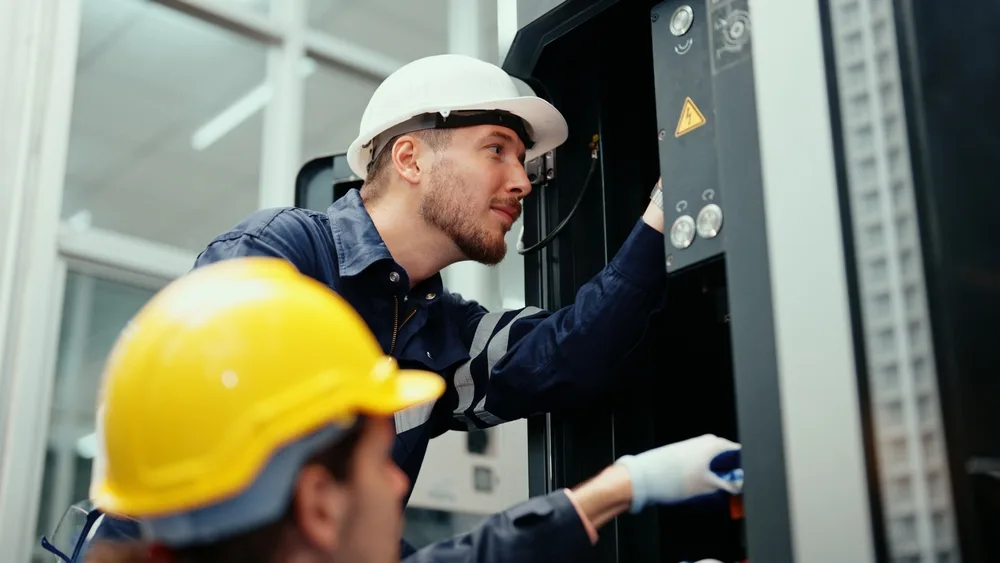AC Motors and Drives: Troubleshooting, Maintenance, and Protection Course
Introduction:
AC motors and their drives are integral to numerous industrial processes, converting over half of the world's energy consumption into useful mechanical work. To maximize uptime and boost productivity, effective maintenance, troubleshooting, and integration with SCADA systems are crucial. Furthermore, safeguarding these significant investments is essential for equipment longevity and personnel safety. This course on AC Motors and Drives: Troubleshooting, Maintenance, and Protection is designed to provide a comprehensive understanding of procedures and principles related to the upkeep and safeguarding of AC motors and drives.
Objectives:
Upon completing the AC Motors and Drives: Troubleshooting, Maintenance, and Protection course, participants will be able to:
- Describe the fundamentals of AC electric motors and drives, ensuring compatibility with various loads.
- Perform diagnostic maintenance on motors and drives according to industry standards.
- Apply troubleshooting methods to quickly identify and resolve issues.
- Utilize documentation, such as single-line diagrams, for commissioning, maintenance, and troubleshooting.
- Understand the principles of AC motors and drives, incorporating modern electronic technology.
- Confidently execute maintenance following best industrial practices.
Training Methodology:
- Research Projects
- Role Play and Other Exercises
- Creative Problem Solving
- Guest Lectures by Industry Experts
- Fault Scenarios
Course Outline:
Unit 1: AC Motors
- Basic principles of magnetics and excitation in motor service and repair.
- Construction and operation principles, including slip theory, efficiency, and torque-speed characteristics.
- Classification and use of single-phase and three-phase AC motors, such as split-phase and capacitor motors.
- Motor startup, acceleration in induction models, and speed regulation across varying loads.
Unit 2: Drives
- Fundamentals of AC Variable-Speed Drives (VSDs), including constant torque, constant power regions, and four-quadrant operation.
- Power semiconductors: diode, thyristor (SCR), IGBT, MOSFET, GTO.
- Inverters: voltage-source and current-source inverters, pulse width modulation (PWM), and related concepts.
- Analysis of PWM waveforms, motor bearings, insulation, volts/hertz control, and effects on motor life.
Unit 3: Troubleshooting and Maintenance of Motors
- Techniques for fault detection in 3-phase stator windings and motor characteristics.
- Routine and advanced diagnostic methods for motor cleanliness, lubrication, temperature, noise, and vibration control.
- Solutions for common issues such as slow acceleration, overheating, and bearing failures.
- Motor maintenance norms and testing significance.
Unit 4: Troubleshooting and Maintenance of Drives
- Converter failures and fault current limitation.
- Troubleshooting techniques for single-phase and three-phase motors, including forward and reverse circuitry.
- Static and dynamic inspections, phase imbalance detection, and maintenance planning.
- Diagnostic examination of drive symptoms, causes, and remedies.
Unit 5: Protection of Motors and Drives
- Types and methods of AC motor protection, including overload protection and performance during overload.
- Analysis of motor-protective devices such as fuses, circuit breakers, and advanced motor relays.
- Understanding motor protection curves and backup protection systems.
- Protective arrangements for inverters and electronic converters.
- System selection and design requirements for maximum protection.


















